Native Americans inhabited the area that is now Dallas before it was claimed as part of the Province of New Spain by the Spanish in the 1500’s. In 1821, Mexico declared independence from Spain and New Spain became part of Mexico. Texas became the independent country, The Republic of Texas, in 1836 after the Texas Revolution. Texas became a U.S. State in 1845. The city of Dallas was founded by John Neely Bryan in 1841. At that time it was part of the Independent country, the Republic of Texas. There is some dispute as to how Dallas acquired its name, but it was referred to as Dallas as early as 1843.”
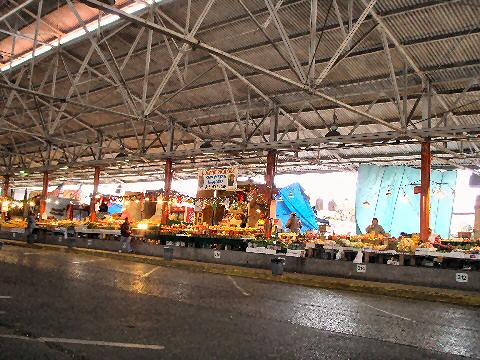
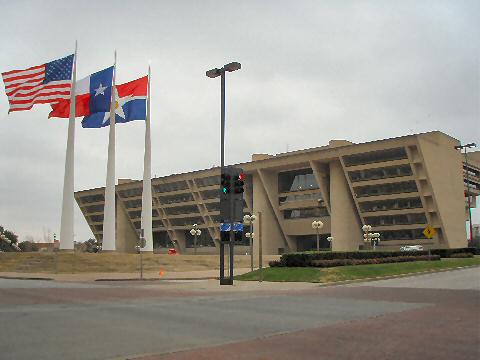
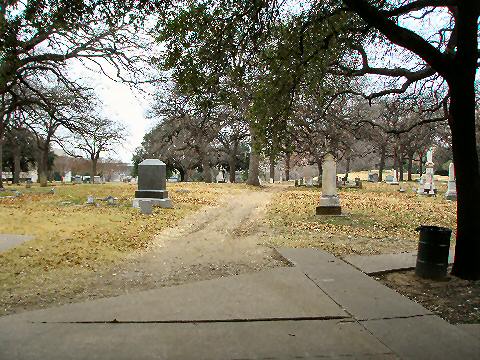
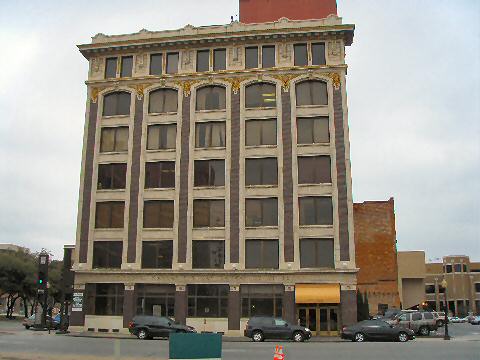
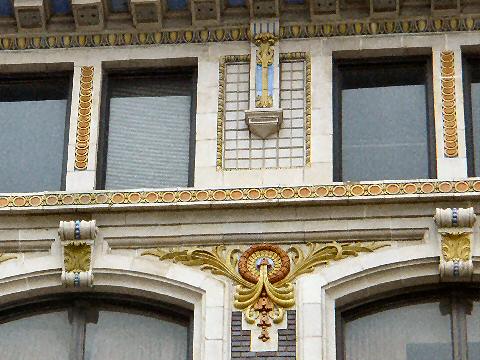
I ran across this building as I re-entered the downtown area – one of the major railway companies that at one time ran through Dallas – the Missouri Kansas & Texas Railway Co. of Texas. I loved the detail on it…
From there, I returned to the Old Red Courthouse and entered the Old Red Museum – Dallas County’s historical museum. I have to admit to knowing little of the history of the city – bits and pieces were there in my memory, but most of the stuff was new to me – I didn’t know that nearly the entire city burned to the ground only a couple of decades after its founding and had to be rebuilt entirely. I didn’t know that local businessmen paid the railways to come through and turn it into a junction, a destination, over any other city in Texas. There was lots to see and learn, and the museum is well laid out. The one part that I found a little off-putting is the perspective in the initial part of the exhibits that consider everything prior to John Neely Bryan’s arrival in 1841 as “pre-history”. Not so much because of the pre-history thing, I understand they’re presenting the history of the city, not of the region, but it includes references to things like “the indians were an uncomfortable reality”, and never mentions the Mexican or Spanish influences – if you don’t look carefully you’d think that Dallas was created in an area where nothing had existed before. Even as you move on through the exhibits, the focus seems to be on the black and white populations, the native American and latino populations get scant mention.
On to food…